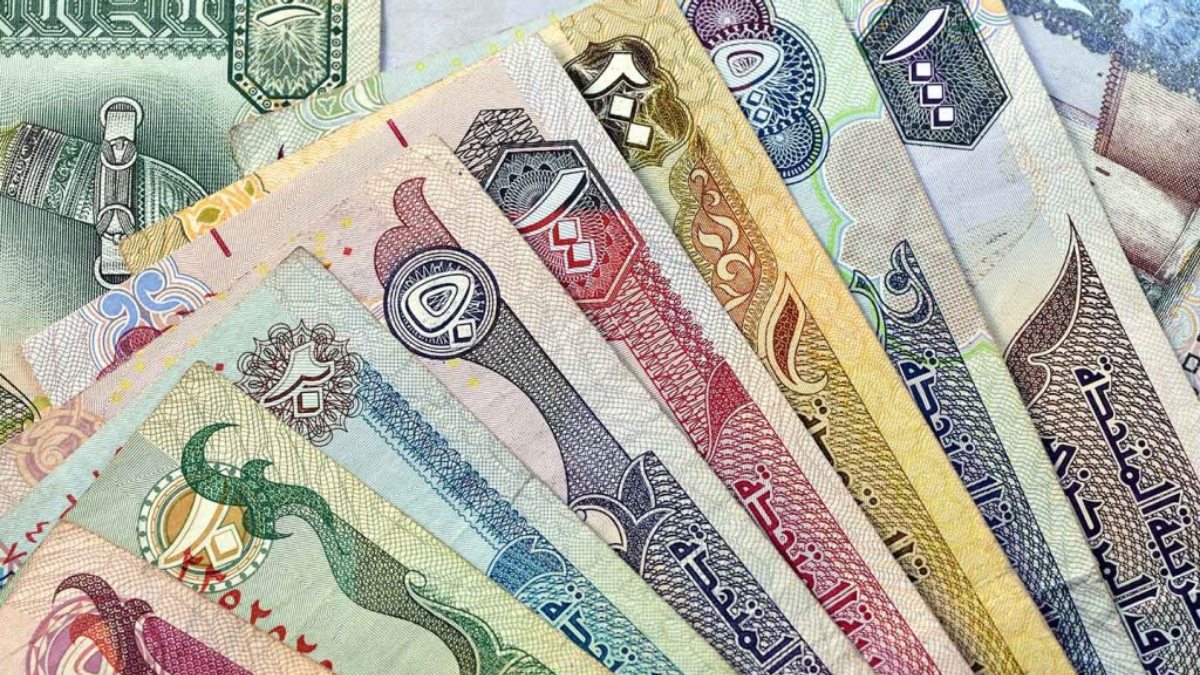In 2023, cash remittances from overseas Filipino workers (OFWs) reached a new record high, as reported by the Philippine central bank on Thursday. Despite the challenges of rising prices, OFWs managed to send home $33.491 billion through banks, marking a 2.9% increase from the previous year. This growth, however, slightly missed the Bangko Sentral ng Pilipinas’ (BSP) forecast of 3% and showed a slowdown from the 3.6% expansion seen in 2022.
The central bank suggested that the slower growth in remittances could be attributed to a weaker global economy and higher borrowing costs. December saw a significant surge in remittances, with a 3.8% increase to $3.28 billion compared to the same month in the previous year, driven by contributions from both land- and sea-based workers.
The BSP highlighted the impact of geopolitical issues and a global economic downturn on remittance growth, alongside the central bank’s interest rate hikes aimed at controlling inflation. The policy rate reached a near 17-year high of 6.5% after adjustments in 2023.
Despite these challenges, remittance flows have remained strong, supported by the continuous deployment of Filipino workers abroad and the growth of their host countries. The United States led as the top source of remittances, followed by Singapore, Saudi Arabia, and several other countries, collectively accounting for nearly 80% of the total cash remittances.
Economists anticipate that remittance growth will continue at a robust pace, aiding the Philippine economy through foreign inflows and supporting domestic consumption. However, predictions suggest a slight deceleration in growth rates in the coming years due to persistent high interest rates affecting economic activities in host countries. The BSP projects a 3% growth in cash remittances for the current year.






